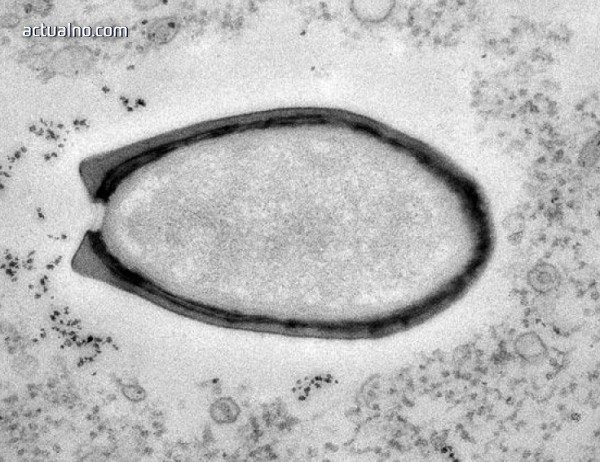
- In Australia, 3.5 billion years of fossils have been found, traces of the oldest known microorganisms on Earth. This confirms the scientists' hypotheses that life has come much earlier. According to the same scientists, it could mean that life may be more common in the universe - at least in the form of microorganisms. Researchers at universities in California and Wisconsin have identified with the help of new technology the chemical traces of 11 microorganisms that belong to five species, some of which are similar to existing ones today.
-Scientists have found that these microorganisms have different types of metabolism. Some of them produce methane, others consume it using solar energy for photosynthesis. Methane has formed much of the atmosphere of the very young Earth while it was often bombarded by comets and where oxygen was little or absent. Some of these bacteria, which do not exist today, belonged to the type of unicellular prokaryotic organisms, unicellular without a nucleus. Others have been similar to microbial species that are still on our planet.
This study gives reason to believe that some of these microorganisms, first described in 1993 in Science magazine, may have lived at a time when there was no oxygen yet on Earth.